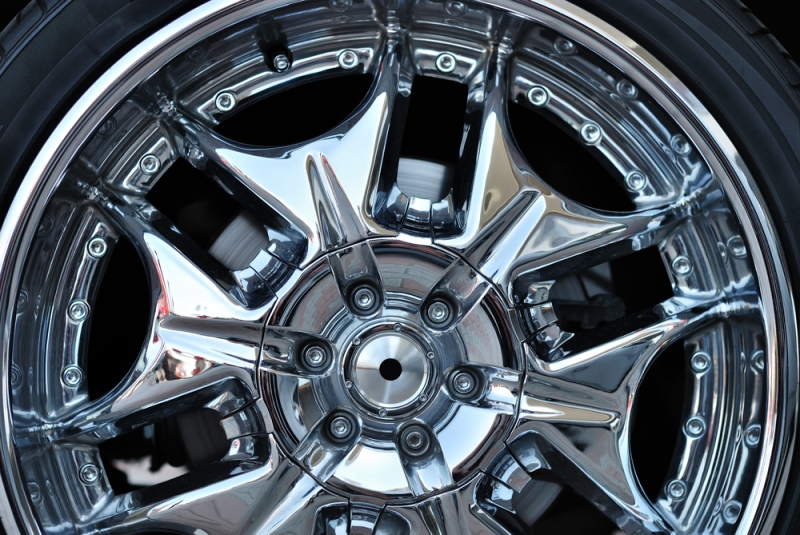Is Chrome Carbide Overlay Superior To Hard Chrome Plating?


Chrome plating is a unique technique common in the market today. It provides various solutions to consumers, including beneficial properties like resistance to wear. It entails electroplating thin layers of chromium onto metal parts. Apart from giving functional purposes, like resistance to corrosion, it can also offer decorative purposes. The chrome exists in various chemical compositions. Under normal conditions, the compound is solid gray.
A chrome carbide overlay plate offers the consumer an added advantage. It is suitable in areas with moderate impact or severe abrasion. The overlay process allows for the making of surfaces that are hard, resistant to wear, and sturdy. The outcomes that the chrome carbide overlay produce supersede any other method used. Another advantage of using this particular technique is that it has a high level of impact resistance.
Hard chrome plating refers to an electrolytic process that deposits thin layers of chromium on a metal surface. It helps in giving the metal surface properties, such as resistance to wear and abrasion. It involves passing of an electric current on the electrolyte which deposits the chromium on metal.
It is an ideal form of treatment for delicate objects that do not require a lot of friction. Some of the industries that use hard chrome plating are paper and fabric industries. Some of the properties it has include:
• Resistance to abrasion
• Resistance to water and wear
• Resistance to corrosion
• Low friction
• Hardness
The process of mixing the high carbon and chrome produces hard and durable chromium carbide crystals. The procedure for making the chrome carbide clay is simple. It involves straightforward techniques such as welding and thermal spraying. A small thin layer of the chrome is efficient to give the resistance of the surface to wear. The metal object can then stay for a long time and withstand environmental pressures.
The hard chrome plating only applies to the objects that are fragile. It is most suitable for hardening paper and fabrics which are fragile. It is therefore hard to use the technique on materials as strong as metal effectively.
The chrome carbide overlay plates apply to all types of materials and therefore is suitable for all users. It is an appropriate solution in the industrial market that deals with non-fragile parts.
The process of making the hard chrome plates requires a lot of space. However, making the chrome carbide overlay plates only requires a small area.
The overlay is the unique characteristic that distinguishes the chrome carbide overlay plate from the hard chrome plating. The technique allows the customers to choose the modification that suits their preference.
The proper process of putting up the overlay provides consistent results that offer high resistance. The making of the overlay involves cutting, which employs plasma, laser, or the water jet. Another way to make the overlay is by folding or welding. It is, however, essential to look for the recommended radius.
The radius ought to be greater than 20 times the plate thickness. When welding, use standard carbon steel electrodes. The option ensures that you get an overlay that is consistent in hardness and finish.
The cost of hardening your metal using the hard chrome plating procedure is expensive. The high price comes about due to regulations placed on the disposal of waste. The substances used in the coating process pollute the environment.
The hard chrome plating process produces substances that are toxic to the environment. The government has had to come in with new rules to regulate the use of the process in the industries. It is now expensive to engage in using the procedure as there are costs involved.
The regulations have increased the costs associated with using the method. However, elimination of residue from the use of chrome carbide overlay process is environmentally friendly. You can use the metal in your home construction as it provides utmost safety.
